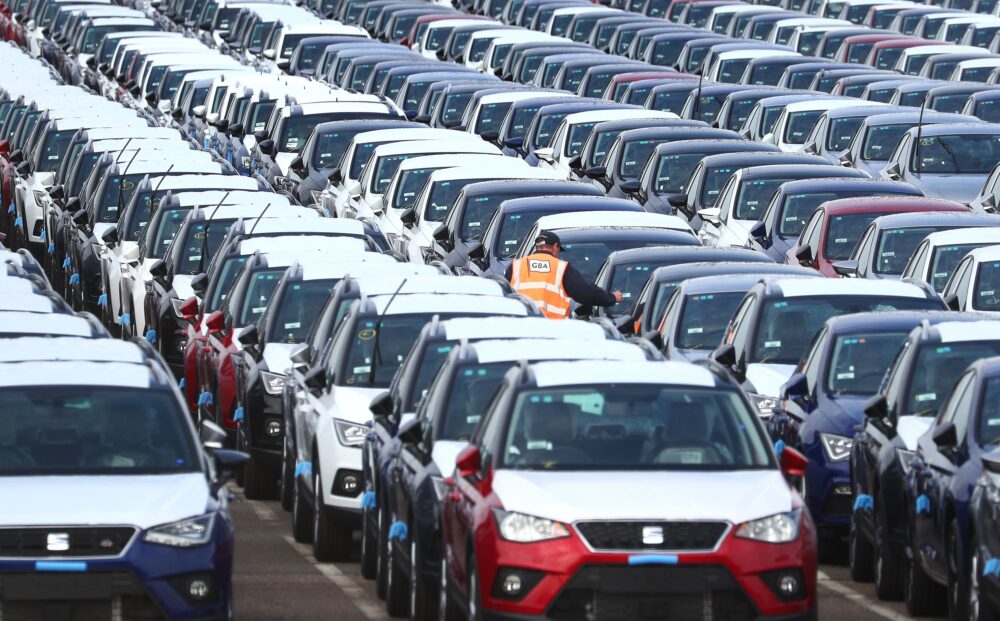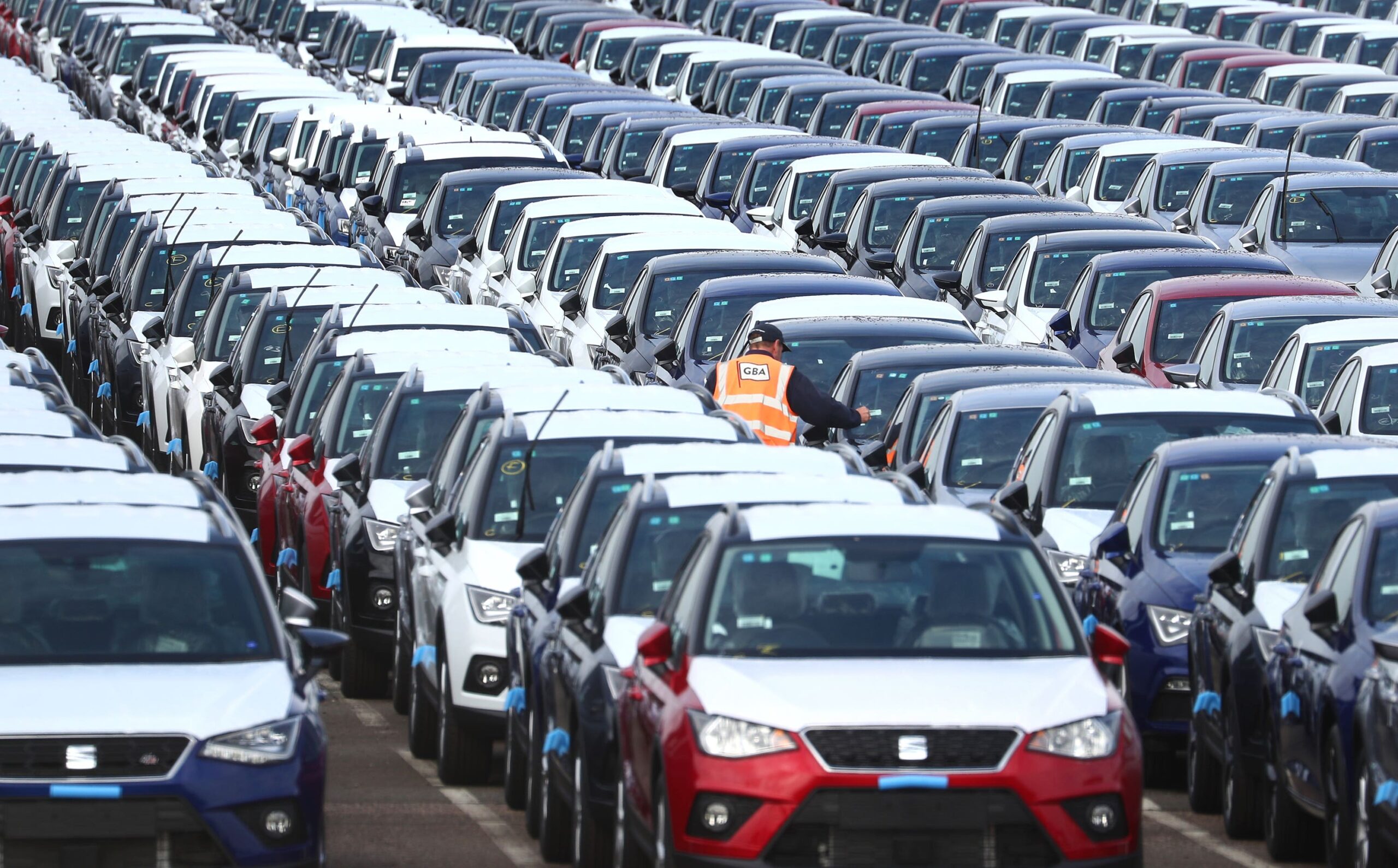Demand for new cars grew by 11.5% last month compared with March 2020, new figures show.
Some 283,964 new cars were registered in the UK last month despite showrooms remaining shut due to coronavirus restrictions, the Society of Motor Manufacturers and Traders (SMMT) said.

The year-on-year increase was still 36.9% down on the average March total between 2010 and 2019.
Industry turnover between January and March was down £1.8 billion compared with the same period in 2020.
The only way is up for new car registrations as showrooms look to reopen
UK new car registrations ‘grow’ for first time since August – up 11.5% – but remain -36.9% adrift of 10-year March averagehttps://t.co/ddjZ9u44w9 pic.twitter.com/5tXPOYS37e
— SMMT (@SMMT) April 6, 2021
March is traditionally a strong month for car sales as new number plates are released.
The SMMT said 8,300 registrations a day are needed for the industry to return to pre-pandemic levels by the end of the year.
The organisation’s chief executive, Mike Hawes, said: “The past year has been the toughest in modern history and the automotive sector has, like many others, been hit hard.
“However, with showrooms opening in less than a week, there is optimism that consumer confidence – and hence the market – will return.
Showrooms ready for opening next week following Q1 shortfall of 58,032 fewer cars, at a cost of £1.8bn to industry
Around 8,300 registrations a day needed for a return to average pre-pandemic levels by the end of the yearhttps://t.co/ddjZ9u44w9 pic.twitter.com/WKFn71R6YC
— SMMT (@SMMT) April 6, 2021
“We know we will see record-breaking growth next month given April 2020 was a washout, but a strong and sustainable market is possible if customers are attracted to the choice and competitive offer the industry is able to provide within the safest of showroom environments.
“New plug-in models are already helping drive a recovery but to convince more retail consumers to make the switch they must be assured these new technologies will be convenient for their driving needs, and that means, above all, that the charging infrastructure is there where they need it, and when they need it.”

















